How much does minimalist hiking cost, anyway?
We crunch the numbers on all the lightest minimalist hiking gear to help you budget for your next fast and light adventure

We all know that journeying over long distances on foot becomes substantially more difficult when you’re carrying weight – the bigger your backpack, the slower you go. For this reason, a new wave of modern backpackers are putting in a lot more time and energy before they even hit the trail to shed as much weight as humanly possible. Whether trying to complete the West Highland Way in five days or squeeze the Appalachian Trail in between ski seasons, backpackers everywhere are embracing the principles of minimalist hiking so they can move faster and go further.
Minimalist hiking involves getting your base weight of gear down to 10 lbs or less, and can involve tactics such as building your own shelter rather than hauling a tent, bringing only the clothes you’re wearing to hike in and sleeping under a camping quilt rather than inside a sleeping bag. If you’re curious about how it’s all done, you can learn more in our article on ultralight camping, but suffice to say that when you set off with a lighter load, you can cover move ground, more quickly and cut down on your risk of back pain and other aches at the end of each day.

How much does minimalist hiking cost, anyway?
If you’re planning on some backpacking trips or even thru-hiking this year, you might be intrigued. After all, do you really need all those extra luxuries like a camping mug or tent pegs when the whole point of the exercise was to get back to the simple things in life? However, you should know that the more your backpack shrinks, the more your budget grows. This is because ultralight gear tends to be more technical, use higher performing lightweight fabrics and materials such as uberlight carbon instead of stainless steel. Now the gear you get will largely be top of the line and work really well for you, but just in case you were hoping to go backpacking on a budget, we figured we’d better crunch some numbers for you to help you plan ahead.
For these numbers, we assume that you won’t be bringing any extra clothing, and are just bringing the hiking pants and base layer that you’re walking in, plus an insulating layer such as a fleece or down jacket and a waterproof jacket in your backpack. Of course, if you’re traveling across seasons, you may have to bring more clothing, but for this budget, we’ve focused on your base load. Out of the gear we’ve tested and recommended to our readers, here are the lightest options available and what they’ll cost you:
Hiking boots: Haglöfs Skuta Mid Proof Eco

At a mere 8.5oz (240g) per boot, Haglöfs Skuta Mid Proof Eco Hiking Boots are waterproof, mid-height for added protection, and will see you scampering across bogs and boulder fields. Of course, depending on the terrain and conditions, you could cut even more weight by wearing hiking shoes or trail running shoes.
Weight: 17 oz / 480g
Cost: $160 / £130
Hiking backpack: Vaude Asymmetric 42+8

Tipping the scales at just 3lb 7oz (1.475 kg), the Vaude Asymmetric 42+8 is ideal for minimalist adventures, with enough carrying capacity for mountain kit, without the bulk of an expeditionary pack.
All the latest inspiration, tips and guides to help you plan your next Advnture!
Weight: 3lb 7oz / 1.475kg
Cost: $180 / £150
Trekking poles: Leki Cross Trail Lite Carbon
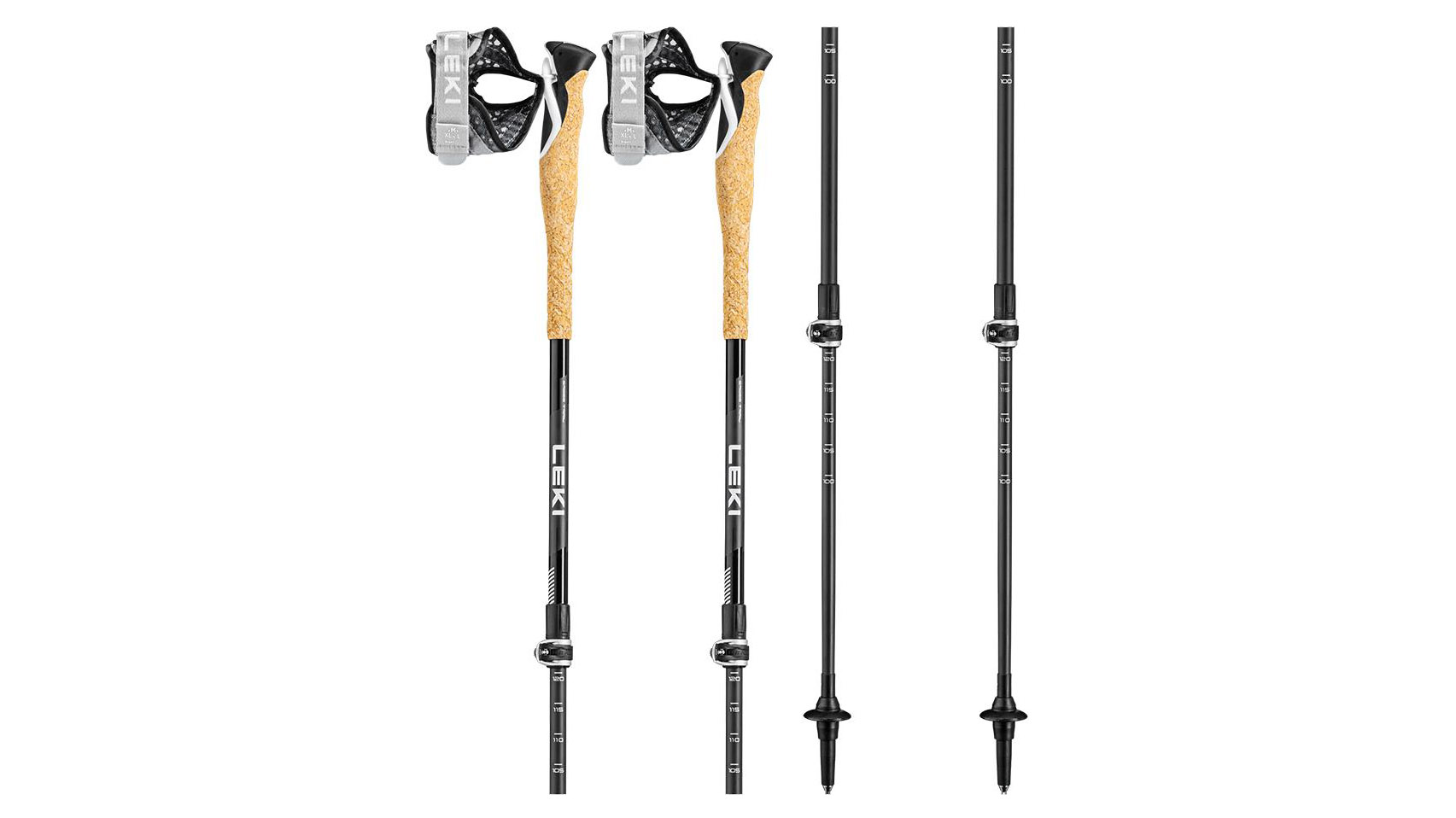
As we’ve already mentioned, carbon is always favored by minimalist hikers over stainless steel, and that’s part of the reason we love the Leki Cross Trail Lite Carbon poles. Also because the ergonomic handles and telescopic design make these good for trail running as well as hiking, and they only add 15oz (426g) to your pack when you’re not using them. They're available to buy direct from Leki.
Weight: 15oz / 426g
Cost: $199.95 / £159.99
Camping quilt: Therm-a-Rest Vesper 32F/0C Quilt
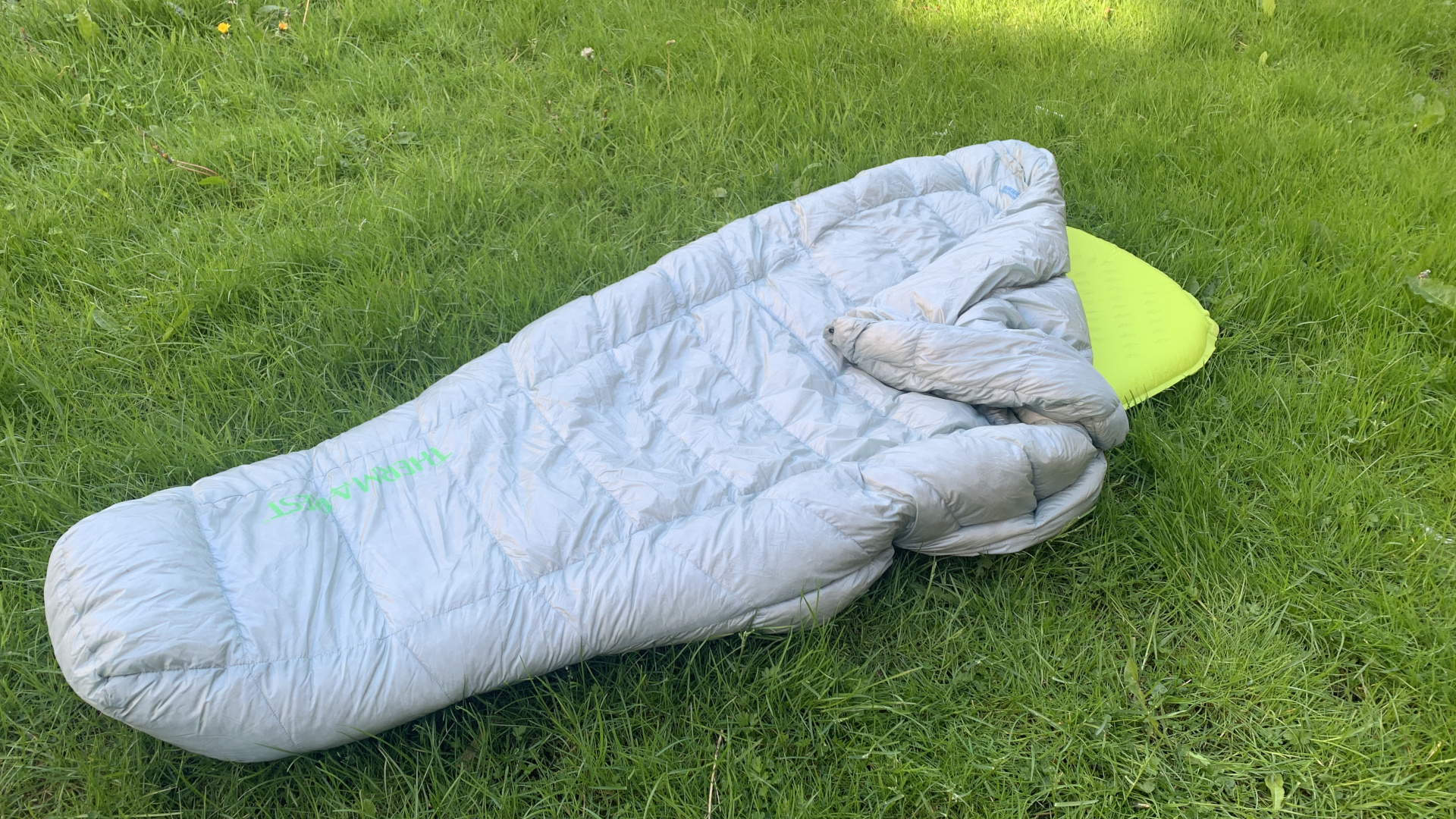
If you’re not camping in sub-zero temperatures you can shed a lot of weight by carrying a 2-season sleeping bag, or even better, a camping quilt. The Therm-a-Rest Vesper 32F/0C Quilt is super light, packable and fits snugly around your sleeping pad but leaves plenty of room for side sleepers – and adds only 15oz (440g) to your load.
Weight: 15oz /440g
Cost: $380 / £300
Sleeping pad: Therm-a-Rest NeoAir UberLite
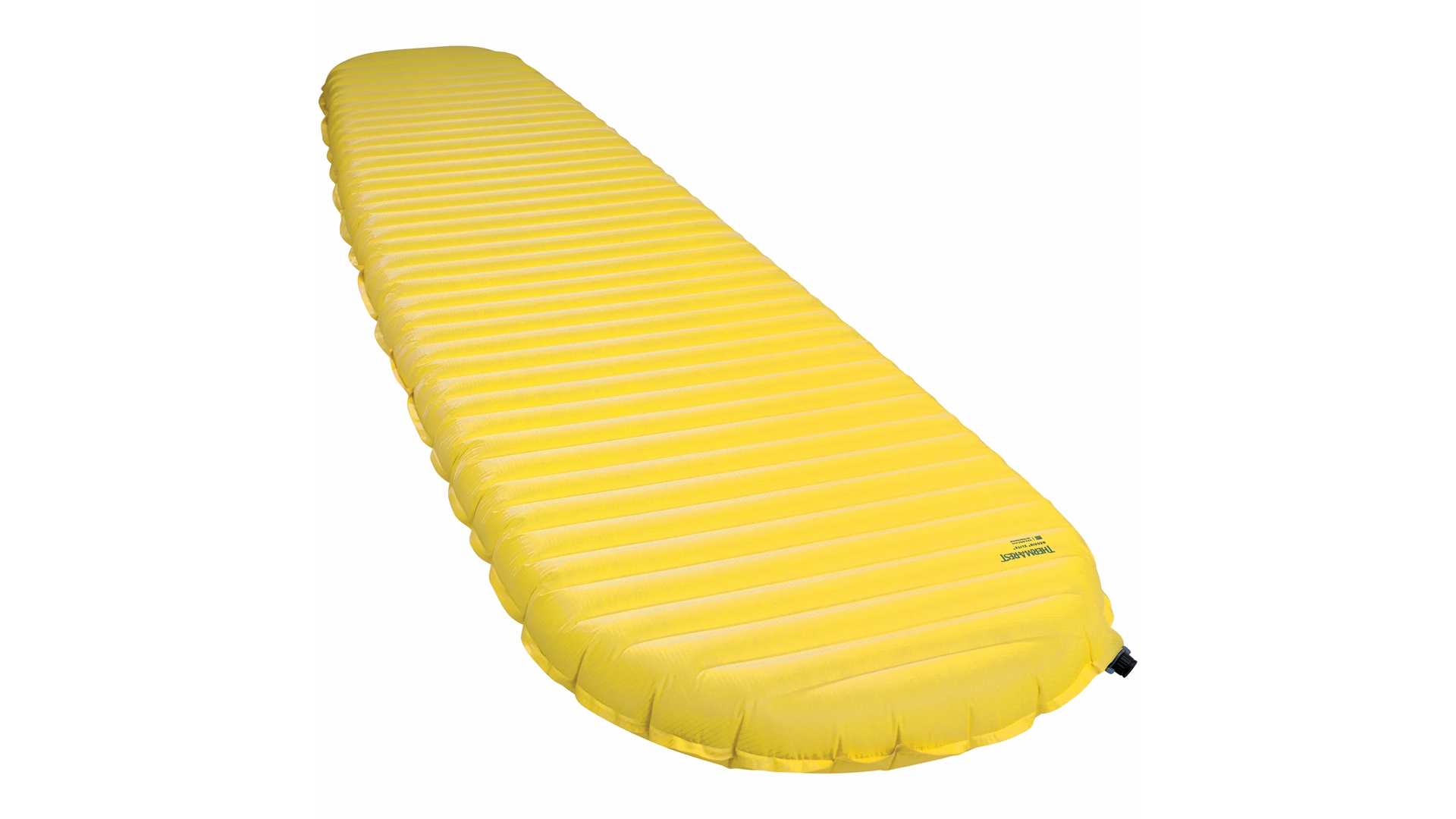
If you know your sleeping pads, you won’t be surprised that Therm-a-Rest offer one of the best, and lightest models around in their NeoAir UberLite, which claims to be the lightest insulated air mat available, anywhere. It is both remarkably light and impressively compact, rolling away to about the size of a beer can and tipping the scales at a mere 8.8oz (250g). It’s all in the name, really.
Weight: 8.8oz / 250g
Cost: $180 / £140
One-person tent: Six Moon Designs Skyscape Trekker 1P

We’ll qualify this one by saying that you can go even lighter by learning how to build your own shelter in the wild, or by using a bivy sack which is best if you’re expecting mostly dry conditions. Assuming you do actually want a small, portable shelter that you can bring your backpack into, however, the lightest that we’ve tested that is available both sides of the pond is the Six Moon Designs Skyscape Trekker 1P which is only 1lb 12oz (790g) but surprisingly spacious and you can pop it up with your trekking pole.
Weight: 1lb 12oz / 790g
Cost: $270 / £285
Camping stove: SOTO Windmaster

As a classic screw-in type stove, the SOTO Windmaster has all the traditional advantages of a conventional canister-top design, namely, quick and easy set-up plus pack size and weight, at just 3.5oz (100g). However, as its name suggests, the Windmaster also offers superior performance in breezy and gusty conditions compared to most of its screw-in rivals.
Weight: 3.5oz / 100g
Cost: $65 / £55
Hydration system: Lifestraw Peak Series Collapsible Squeeze 1L Water Bottle with Filter
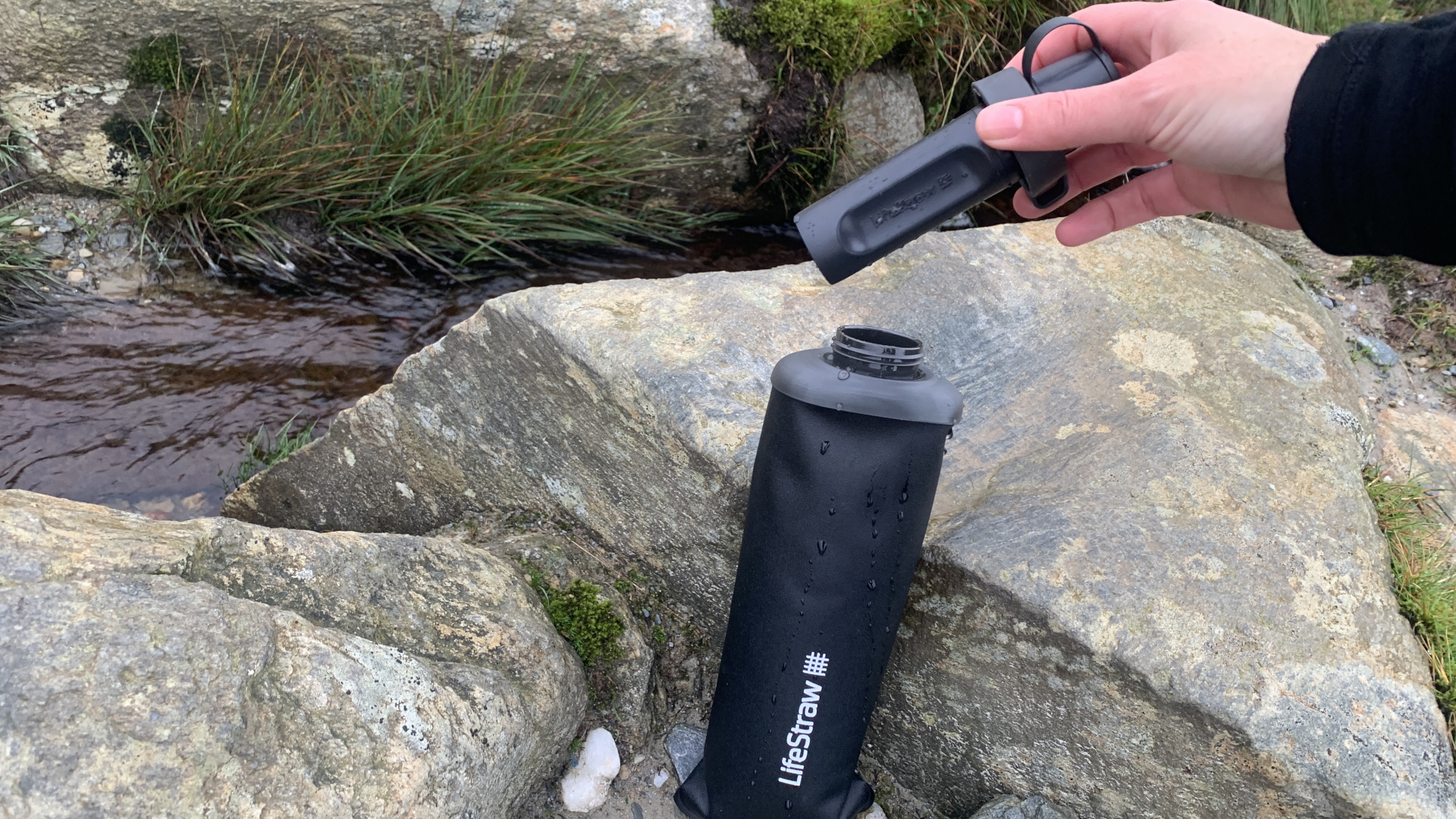
Naturally, you’ll need to bring a water filter with you into the wild, and if you also carry a water bottle or two, the weight can add up quickly. However, the Lifestraw Peak Series Collapsible Squeeze 1L Water Bottle with Filter is an easy-to-use combo that compresses as you drink, and weighs only 3.9oz (110g) empty.
Weight: 3.9 oz / 110 g
Cost: $37.95 / £42
Headlamp: BioLite Headlamp 330
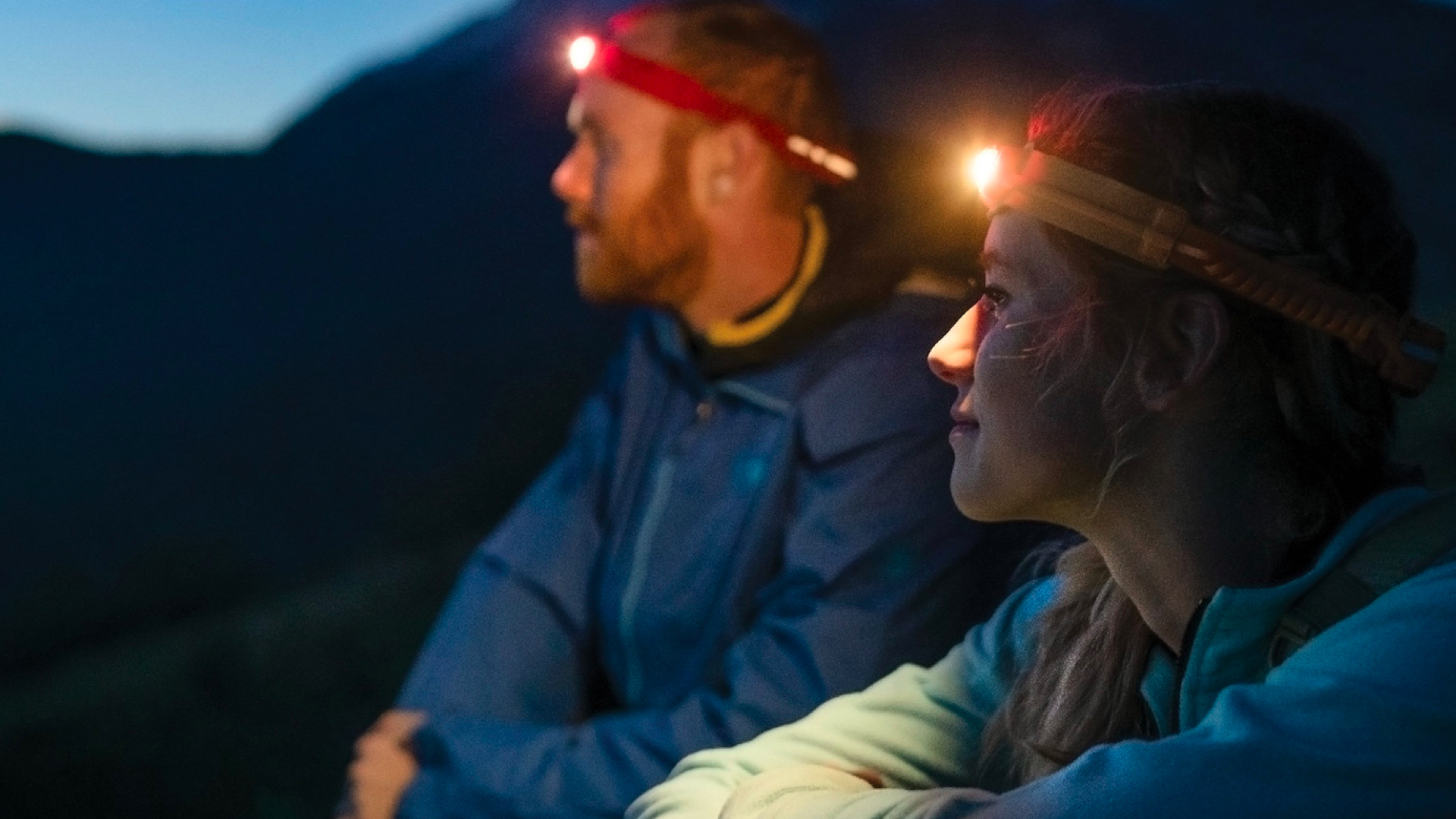
The beauty of the lightweight BioLite 330 HeadLamp lies largely in its low-profile design, combined with its high-performance capability, offering up 330 lumens for only 2.4oz (69g) in packweight. It is rechargeable, which means you’d need to carry a solar charger for long trips or have places to recharge, however.
Weight: 2.4oz / 69g
Cost: $60 / £55
Total weight: 9lbs 2oz / 4.15kg
Total cost: $1,532.90 / £1,316.99
And there you have it. We managed to get your base weight below 10lbs with suggestions to get it even lighter, and if you buy new gear you’re looking at a price tag of around $1,500. This doesn’t include the cost of your clothes and food of course, but it’s a good ballpark figure of how much minimalist hiking costs you. Start saving, and you can be moving fast and light in no time.
- Best cheap hiking boots: tough boots that don't cost a fortune
Julia Clarke is a staff writer for Advnture.com and the author of the book Restorative Yoga for Beginners. She loves to explore mountains on foot, bike, skis and belay and then recover on the the yoga mat. Julia graduated with a degree in journalism in 2004 and spent eight years working as a radio presenter in Kansas City, Vermont, Boston and New York City before discovering the joys of the Rocky Mountains. She then detoured west to Colorado and enjoyed 11 years teaching yoga in Vail before returning to her hometown of Glasgow, Scotland in 2020 to focus on family and writing.

